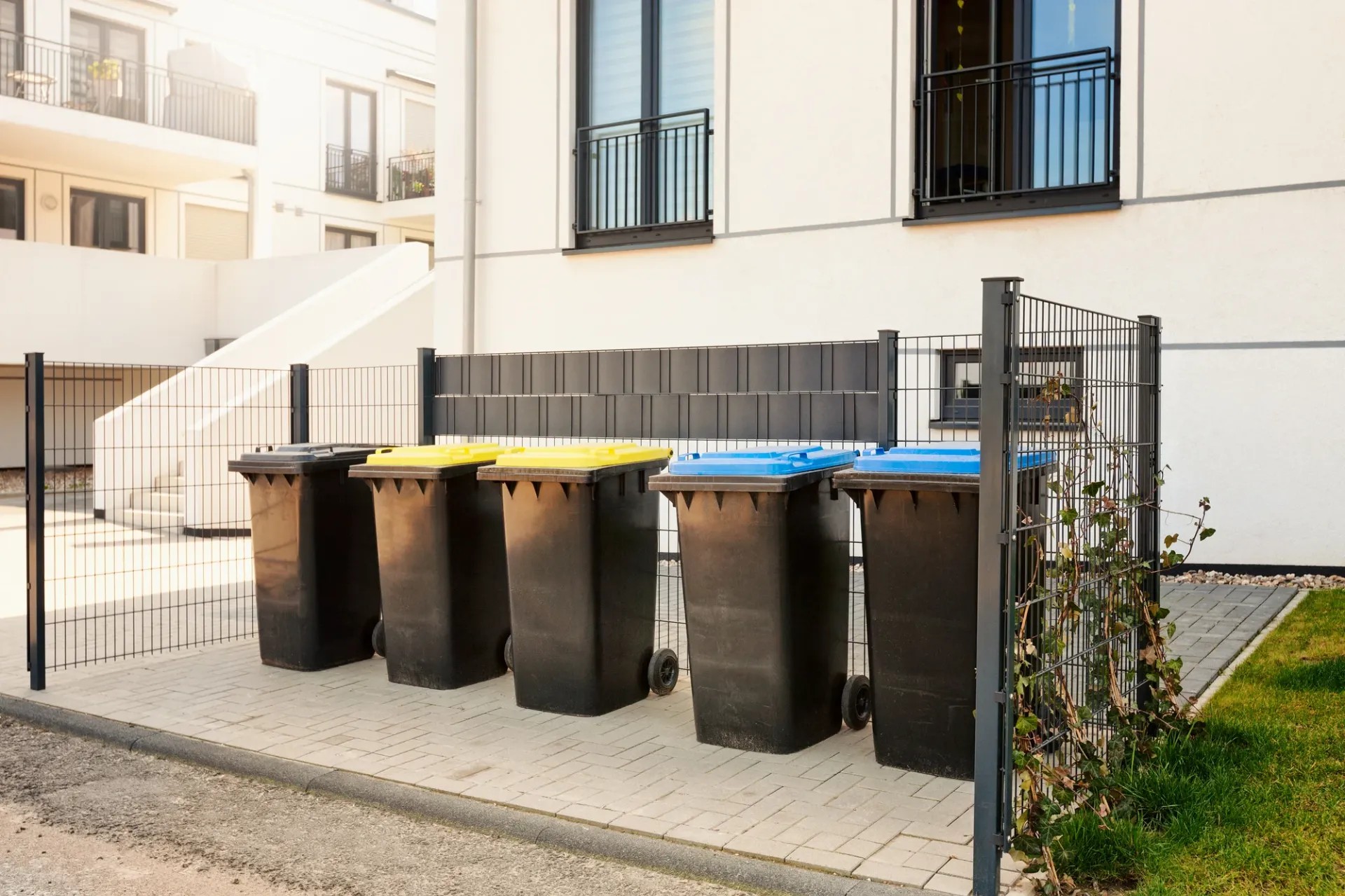Wastewater Treatment: Guaranteeing a Cleaner Setting

Wastewater therapy plays an essential role in shielding our environment and making certain the wellness and health of neighborhoods around the globe. As the international population continues to grow and urbanize, the generation of wastewater has actually enhanced substantially. It is vital to execute effective Wastewater treatment procedures to detoxify the water prior to it is discharged back right into the environment.
Wastewater is produced from different resources such as domestic, industrial, and industrial tasks. It has a variety of contaminants, consisting of natural and not natural materials, microorganisms, and pollutants. If left without treatment, wastewater can pollute rivers, lakes, and seas, resulting in serious ecological damage and jeopardizing public health and wellness.
The main goal of the LIQUID WASTE MANAGEMENT therapy is to remove damaging materials and make the water safe for the setting and human use. The therapy procedure involves a number of stages, each targeting certain impurities. Generally, it includes physical, chemical, and biological processes that interact to efficiently treat the wastewater.
Physical processes involve the elimination of big solids and debris with testing and sedimentation. This action ensures that the wastewater is free from any visible particles prior to it moves on to the following phase. Chemical processes, such as coagulation and flocculation, are then employed to additional eliminate suspended solids and dissolved contaminations.
Biological procedures, consisting of triggered sludge and flowing filter systems, use bacteria to break down toxins existing in the wastewater. These bacteria feed upon raw material and nutrients, converting them right into safe byproducts. This action assists in lowering the biological oxygen need (FIGURE) and chemical oxygen need (COD) of the wastewater, making it much less damaging to the setting.
Once the treatment process is finished, the water goes through disinfection to remove any kind of continuing to be bacteria, viruses, and bloodsuckers. Usual disinfection approaches include chlorination, ultraviolet (UV) radiation, and ozonation. This final action guarantees that the water fulfills the necessary top quality criteria and can be safely released or recycled.
In addition to shielding the atmosphere, wastewater therapy likewise uses a beneficial resource in the kind of reclaimed water. Recovered water, additionally referred to as recycled water, can be utilized for numerous non-potable purposes such as watering, commercial processes, and groundwater recharge. This minimizes the demand for freshwater, preserves resources, and promotes sustainable water monitoring.
In conclusion, wastewater therapy is an important procedure that assists preserve a much healthier and cleaner environment. By removing hazardous substances from wastewater, we can stop water contamination, protect communities, and guard public wellness. The implementation of efficient therapy systems not just makes certain the secure disposal of wastewater yet likewise supplies the possibility to reuse water, contributing to sustainable water monitoring practices. If you want to know more about this topic, then click here: https://simple.wikipedia.org/wiki/Waste.